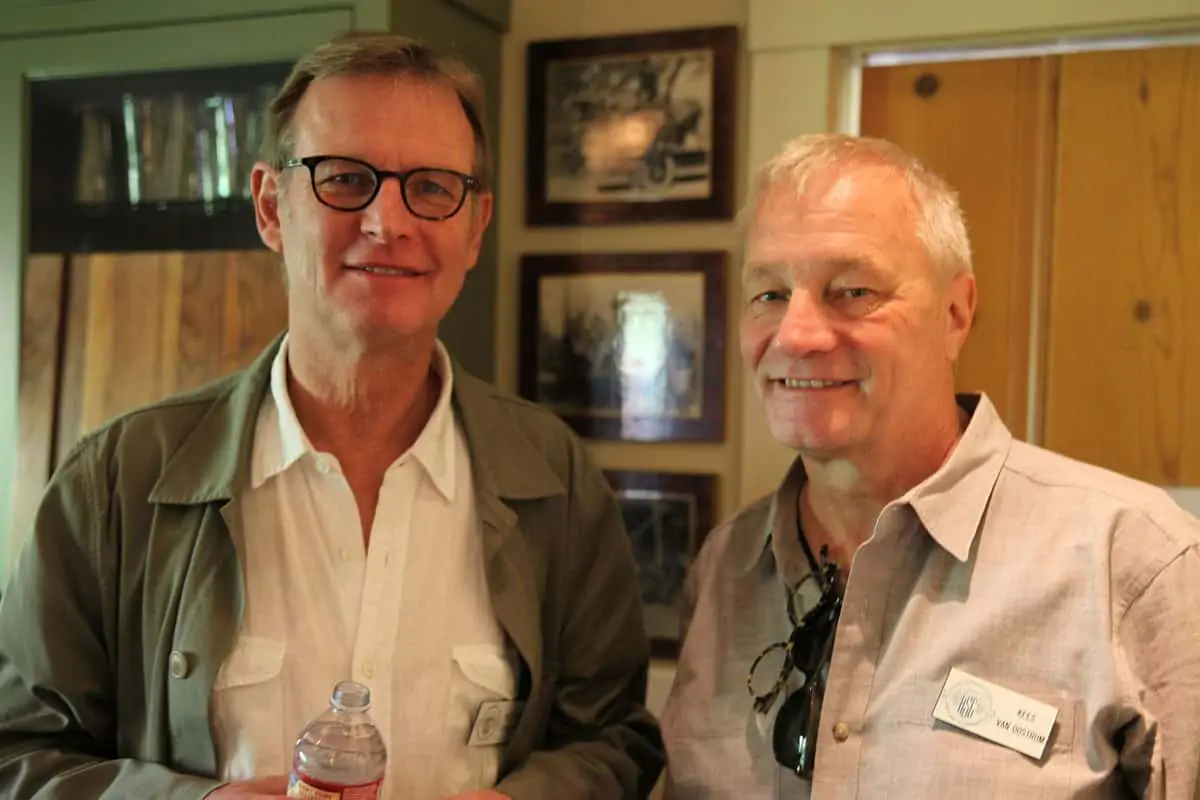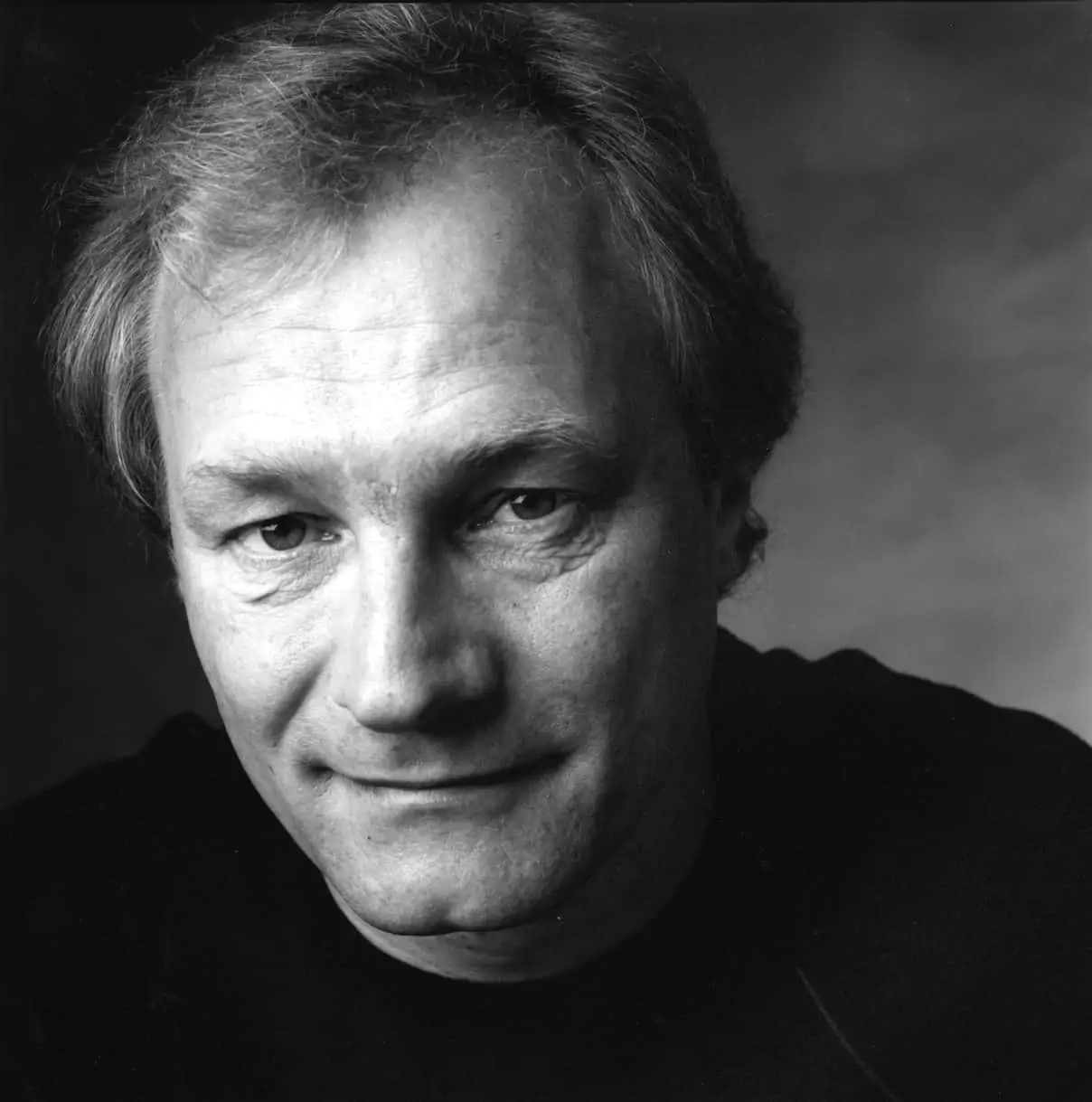Works of heart
Letter from America / Kees van Oostrum ASC

Works of heart
Letter from America / Kees van Oostrum ASC
Some of the movies that are in the running to compete for this year’s coveted Academy Award for Best Cinematography represent a less formulaic or traditional photographic style.
As the saying goes, “The cinematography of a film can only be as good as the movie itself,” and these stories’ socially-conscious subject matters seem to be driving a strong surge in realism — in some instances a documentary approach, and in one case even a bob-along.
Movies and “inspired cinematography” are, at their best, a reflection of human life, showing both passions and suffering. This current surge of realism could well be a response to the world’s political environment. If you look at the history of art, periods of figurative, beautiful and romantic expression sprang from times of peace and prosperity, while periods of wild expression and revolt have been inspired by wars, suppression and human suffering. Art, after all, is a reflection of our inner soul, and it takes on political as well as social dimensions. Through art, great talent displays a free spirit.
Getting back to the movies currently commanding the spotlight, I would like to mention the mind-blowing swimming scene in Moonlight, shot by James Laxton. The movie presents the tender, heartbreaking story of a young man’s struggle to find himself. In the scene mentioned, a local drug dealer teaches the young main character to swim. As depicted on screen, the scene is an all-time classic. An unlikely father figure teaches the protagonist to swim, while the ocean provides a remarkable metaphor for the society in which this young man is trying to stay afloat. The scene is visualised with a camera that itself barely stays above water, continuously besieged by the waves.
In Lion, Greig Frasier ACS ASC photographs a huge, foreboding train — in which the main character, a 6-year-old boy, is locked up all alone — barreling through a forlorn Indian landscape. The train rumbles through the night, representing an alien world unconcerned about the child and setting the stage for an unforgettable journey that the camera follows with an almost casual cinematography, void of grandstanding but filled with emotional reverence.
Bradford Young ASC imbues Arrival’s science-fiction atmosphere with dark, poetic imagery that swallows the viewer’s imagination. The story negotiates time, memory and mortality — and, most importantly, what it means to be human. Bradford descends deep into a photographic dark side to create an identifiable reality.
With La La Land, Linus Sandgren FSF paints a world that feels a little more hopeful than ours does at the moment. Full of colour and expressionistic in its visual approach, the cinematography is almost hyper-realistic and full of metaphor, contrasting the real world with that of the fictitious musical. The story reflects back on the human condition, evoking real human emotions and feelings — which, in the end, can allow for some heartfelt perspective on the viewers’ own lives.
I’ve mentioned four movies that present vastly different photographic styles, but they certainly share an emotional common ground. I believe each will garner great interest this awards season while simultaneously giving us some much-needed hope that a better cinematic world might be waiting for us — to put it in Hollywood terms — just at the end of the rainbow.










